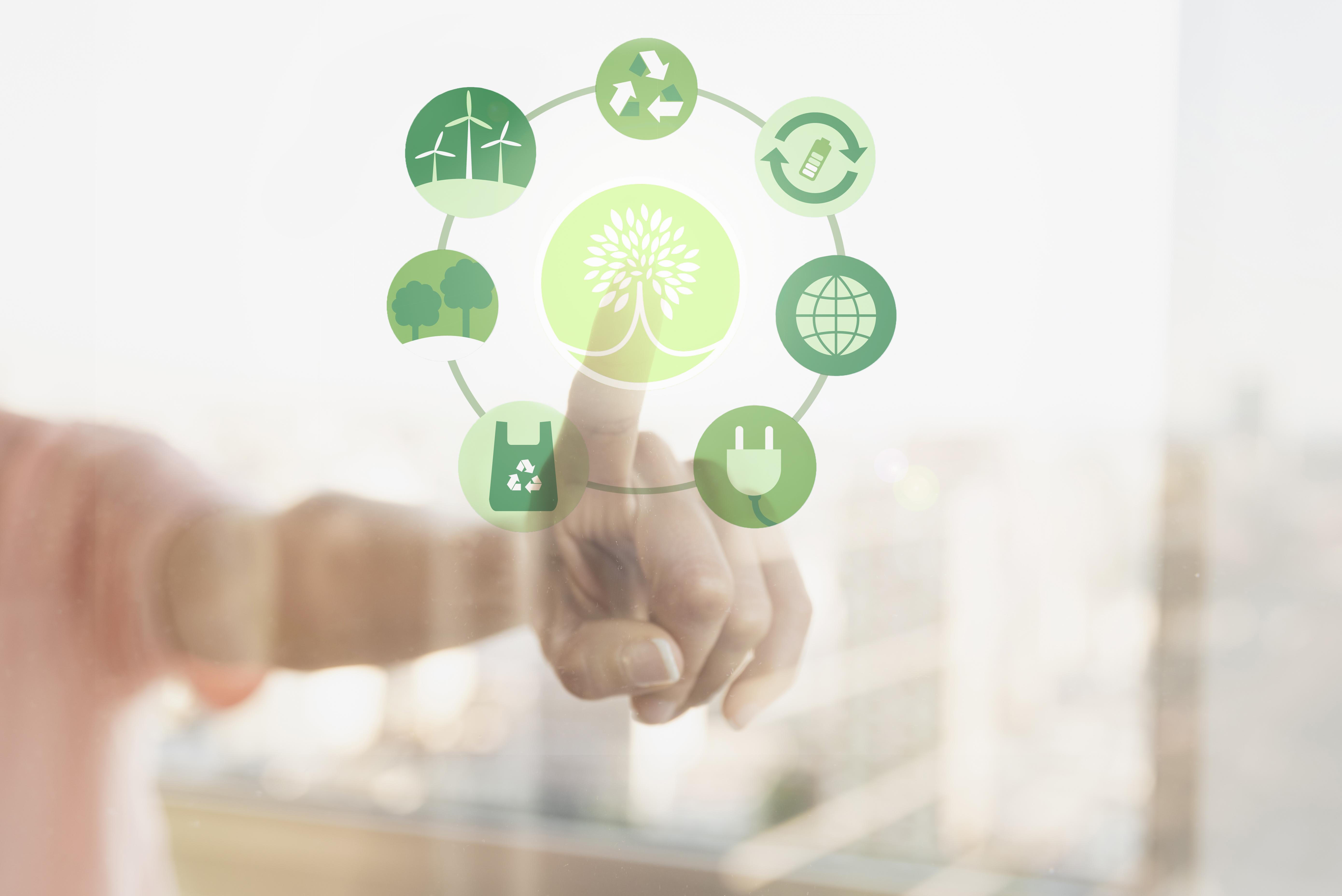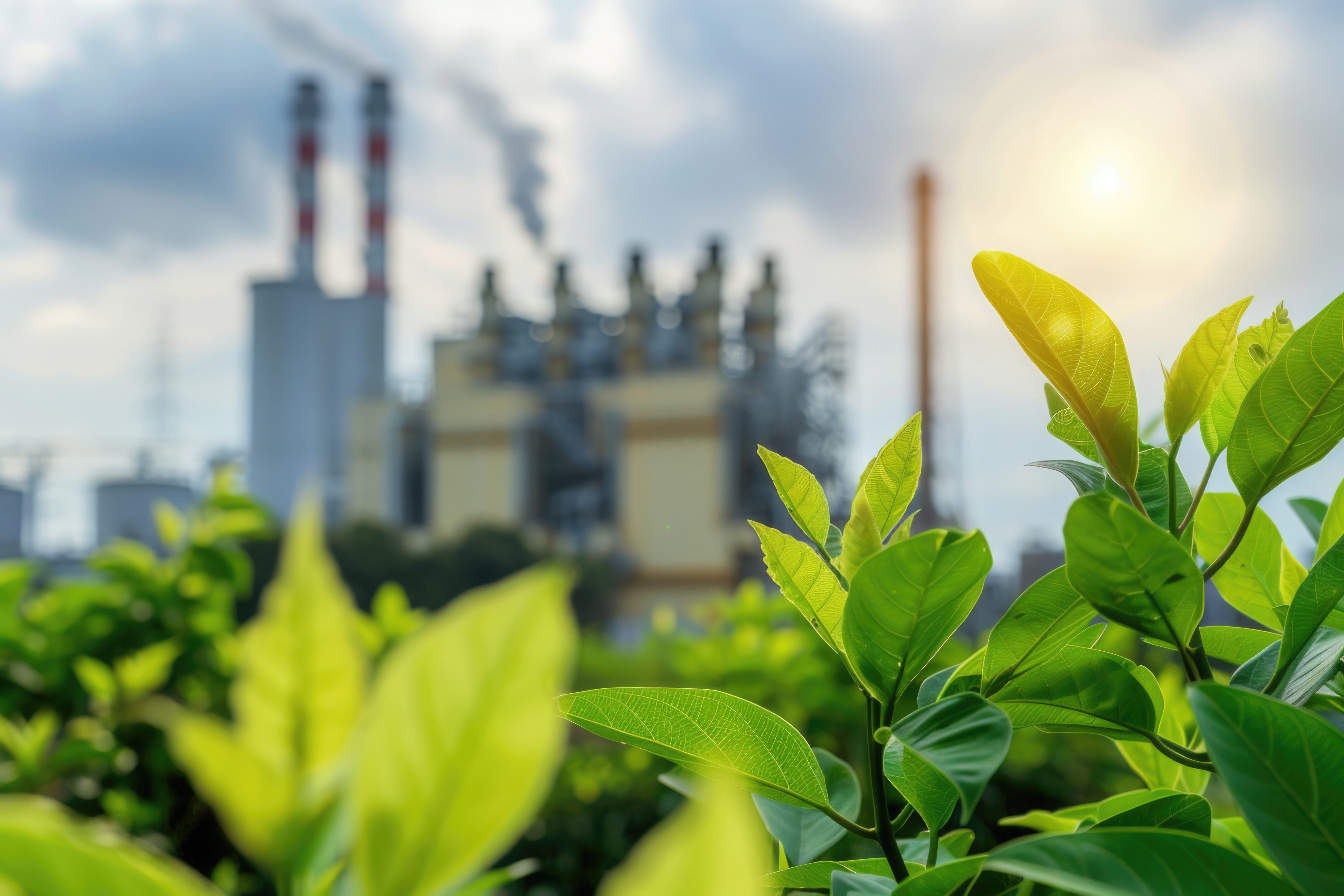Tank calibration is the process of measuring and adjusting the capacity or volume of a tank or storage container. The purpose of tank calibration is to ensure that the measurements of the tank’s contents are accurate and in accordance with established standards. This is crucial, especially when the tank is used to store specific substances that require precise volume measurements, such as chemicals, fuel, or other liquid materials.
Latest Technologies in Tank Calibration
Tank calibration plays a vital role in various industrial sectors, ranging from petrochemicals to renewable energy. Accurate volume measurements are not only a safety standard but also the foundation for operational efficiency and sustainability. In the current technological era, innovations in tank calibration become crucial, allowing the high accuracy required for material and resource management. Some of these technologies include:
- Smart Sensors and Internet of Things (IoT): In the effort to enhance calibration accuracy, the use of sensors and Internet of Things (IoT) integration has become a significant trend. Smart sensors can provide real-time data on temperature, pressure, and liquid levels inside the tank. With IoT connectivity, this data can be collected and analyzed in real-time, enabling quick responses to changes in operational conditions.
- Automated Calibration Software: Automated calibration software provides the latest solution to simplify the tank calibration process. By using intelligent algorithms, the software can predict and compensate for possible variability, resulting in more consistent calibration outcomes. Regular software updates also allow integration with the latest technology.
- Lidar Technology and Remote Sensing: Lidar (Light Detection and Ranging) and remote sensing technology have revolutionized tank measurement. Capable of measuring distance with high precision, this technology enables 3D mapping of tanks with unprecedented accuracy. With this data, calibration can be performed not only on the surface but also in hard-to-reach or complex-shaped areas.
- Automatic Calibration Technology: Automatic calibration systems minimize human involvement in the calibration process, reducing the risk of human errors and enhancing efficiency. Automatic calibration can be scheduled regularly, ensuring that tanks are always in optimal calibration conditions. This also aids in preventive maintenance, identifying potential issues before they become serious.
- Real-Time Calibration and Predictive Analytics: Real-time calibration allows direct monitoring of volume changes inside the tank, providing accurate and real-time information. With predictive analytics integration, the system can provide early warnings about potential issues or the need for tank expansion. This not only improves accuracy but also aids in long-term planning.
Benefits of Latest Technologies in Tank Calibration
By implementing the latest technologies in tank calibration, industries can experience several significant benefits. Firstly, high accuracy in tank volume measurements can minimize the risks of overfilling or underfilling, which are crucial factors in maintaining operational safety and preventing material losses.
Secondly, operational efficiency increases with the use of the latest technology, enabling real-time monitoring and adjustments. This reduces downtime and maximizes storage capacity safely and efficiently.
Thirdly, sustainability becomes more achievable by minimizing material waste and adopting more resource-efficient management practices. High accuracy in tank calibration supports optimal usage and reduces negative environmental impacts.
Challenges and Future Considerations
While current technology offers innovative solutions to enhance tank calibration accuracy, there are still some challenges to overcome. Data security and privacy, integration with legacy infrastructure, and the cost of implementing new technology are aspects that need consideration.
It is essential for industries to continue adopting and adapting to technology in tank calibration to ensure more efficient operations, sustainability, and safety. By engaging experts, investing in human resource training, and formulating holistic implementation strategies, these challenges can be overcome to achieve high accuracy in tank calibration with the latest technology.
The tank calibration process involves a series of measurements and comparing these measurements with known values or previously established standards. These steps help determine how accurately the tank represents the actual volume. Several factors can affect the accuracy of tank measurements, including temperature, pressure, and the physical shape of the tank. Therefore, calibration needs to be performed periodically to ensure the tank consistently provides accurate measurement results over time.
For more information on testing and analysis services and the Oil, Natural Gas, and Geothermal Mining sector, you can read our articles here. If you and your company need more information about our services, feel free to contact and consult with us here.






